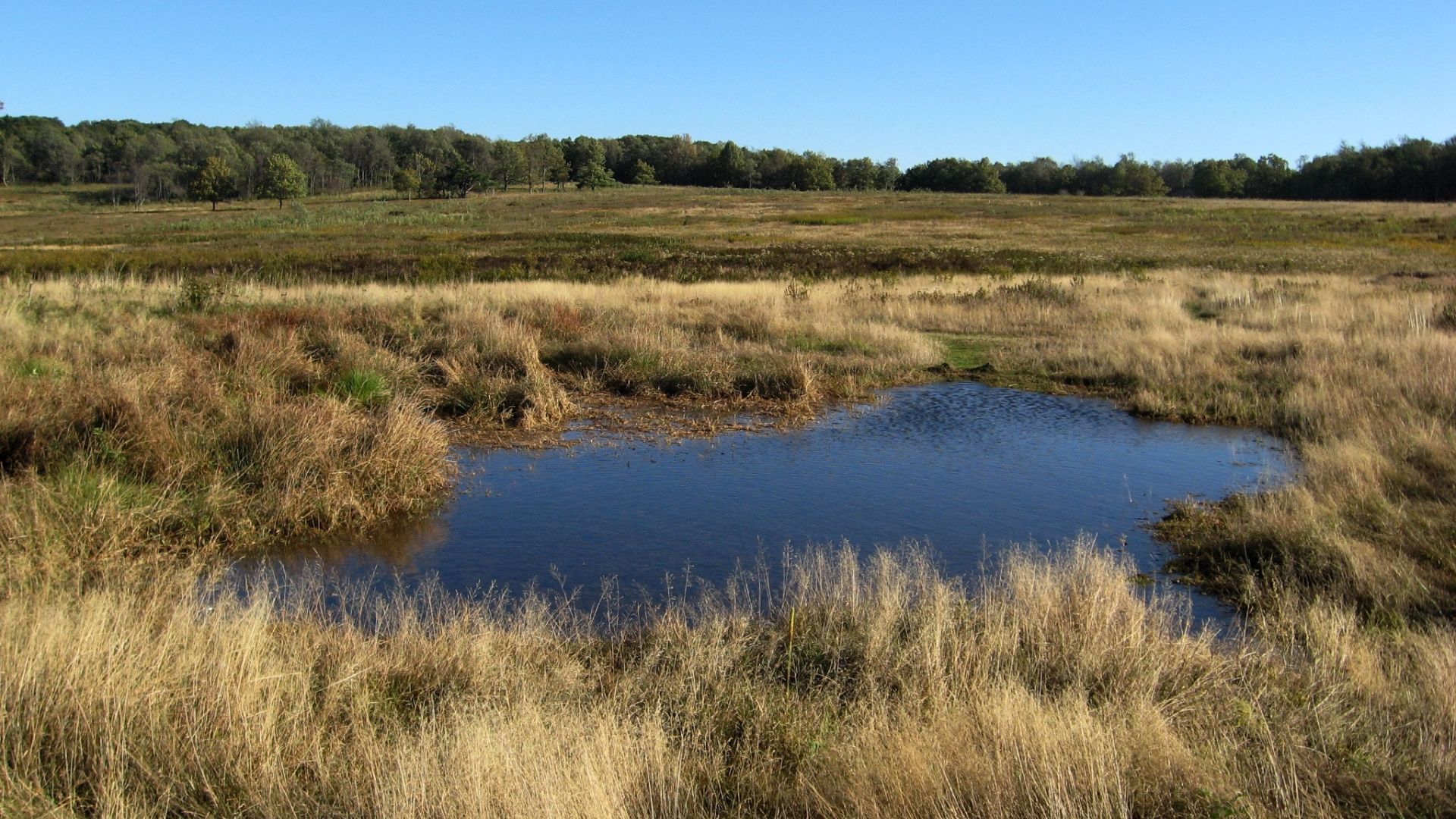Visit a Northeastern forest in spring, and you may see a shallow wetland filled with frogs, salamanders, and fairy shrimp.
These wetlands are called vernal pools. They hold water from winter to early spring, then dry out over the summer.
“Because they typically dry out each year, they don’t contain fish, which makes them important predator-free breeding habitat for a lot of amphibians,” says Jennifer Cartwright of the U.S. Geological Survey.
She’s concerned that as the climate warms, new precipitation patterns and hotter temperatures could make some vernal pools dry out faster.
“And if they go dry too early, it might be before some amphibians have had a chance to complete their life cycles. So you could even have tadpoles drying out and dying in vernal pools,” she says.
While at the Lower Mississippi-Gulf Water Science Center, Cartwright was part of a team that studied hundreds of vernal pools from West Virginia to Maine.
They identified which would dry out earlier and which would hold water longer under various climate scenarios.
She says the data can help natural resource managers prioritize their efforts to protect important habitat as the climate warms.
Reporting credit: ChavoBart Digital Media
Source link


